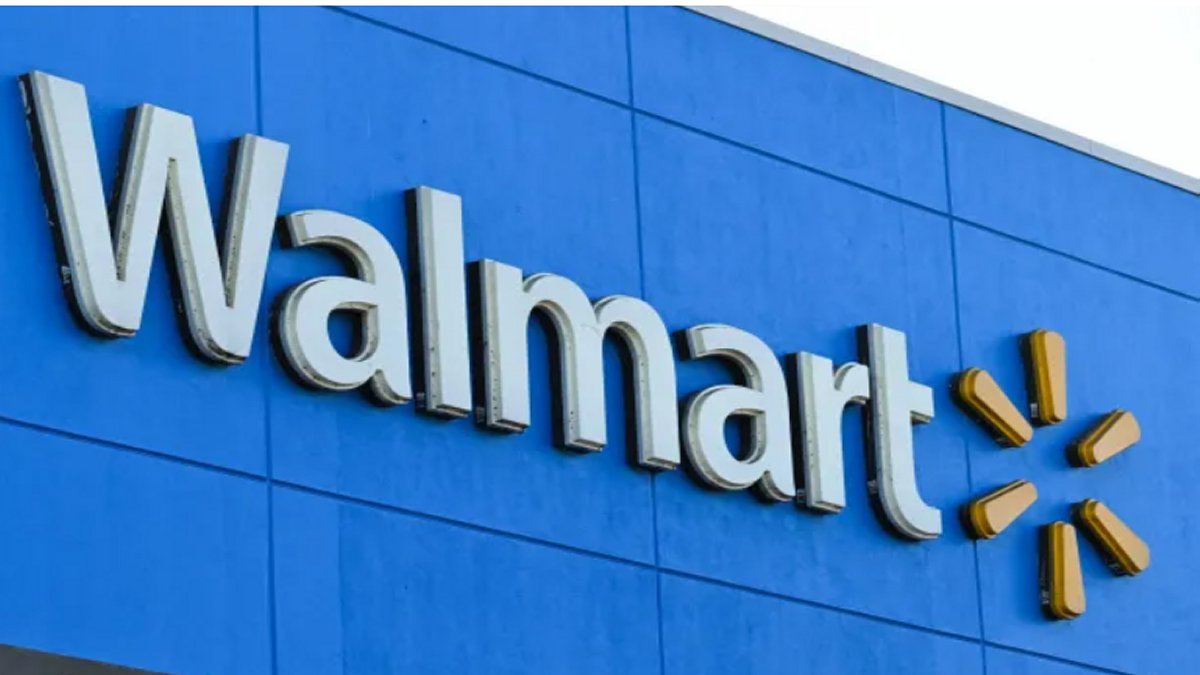A routine trip to Walmart in Arkansas, turned into a cautionary tale for one shopper, who says she discovered small holes in multiple bottles of Great Value purified water. What started as a casual purchase quickly became a viral warning after she shared her experience online.

In a TikTok video that’s racked up nearly half a million views, user Chatty Chewy holds up a bottle of water and explains why she’s refusing to drink from it. The Arkansas shopper zooms in on the cap, revealing a tiny, off-center hole. To prove the danger, she performs what she calls the “squeeze test,” gently pressing the bottle to see if water leaks out. Sure enough, a small stream escapes from the puncture.
“Please check your water,” she urges viewers. “If it has a hole like that, don’t drink it. Better safe than sorry.” Her warning comes at a time when shoppers are increasingly cautious about product safety, especially with everyday items like bottled water.
Viral TikTok is Making Shoppers Rethink Bottled Water
A sealed cap isn’t just packaging. Tt’s protection against contaminants like bacteria, ensuring the water remains safe and untampered with. With even tiny holes, that safety is compromised, making the squeeze test a simple but crucial precaution.
Other shoppers responded to the video with surprise and concern, admitting they hadn’t thought to inspect their bottled water before. Comments ranged from gratitude for the warning to outright shock. Some even reported similar issues with Great Value bottled water, including already-opened bottles or a strange bleach-like smell.
“Looks like a needle was inserted.SCARY!” one worried follower writes.
“2025 has issues for sure,” adds another.
“Can’t trust anything or anyone,” one more adds.
Now, thanks to this viral video, many plan to make the squeeze test a standard step before cracking open any bottle of water. A small hole might seem insignificant, but as this Arkansas shopper proves, it’s a potential hazard you don’t want to ignore. From Berryville to households across the country, bottled water buyers are learning the hard way. When it comes to safety, it’s better to squeeze first and sip later.

